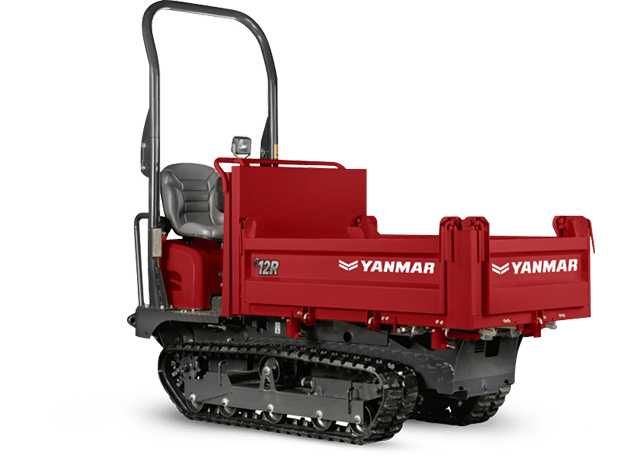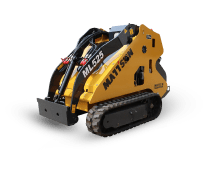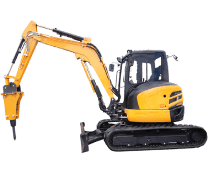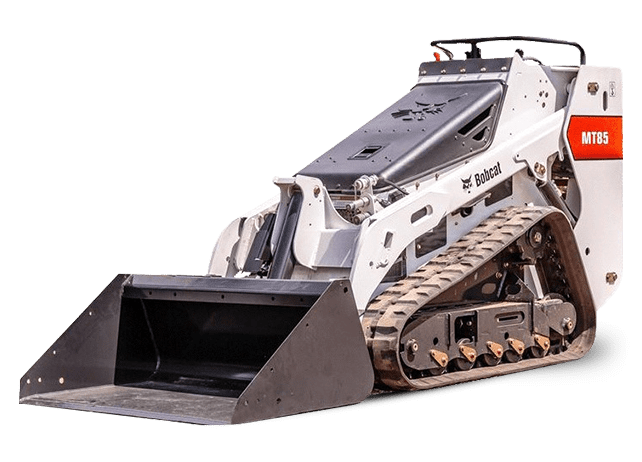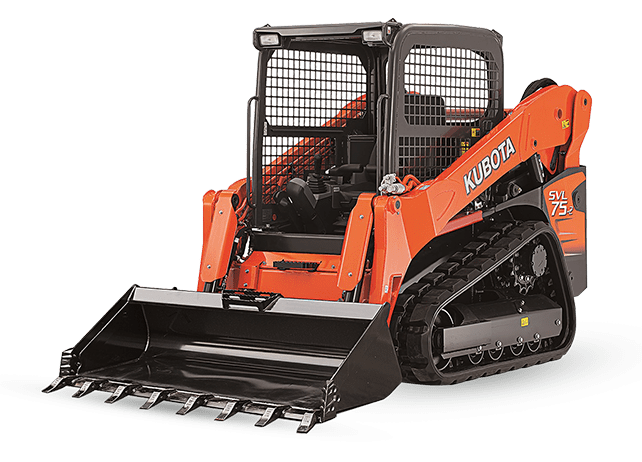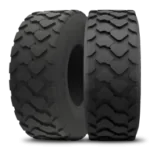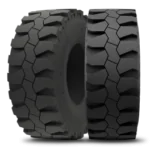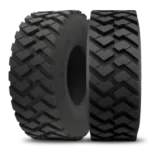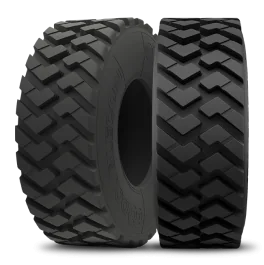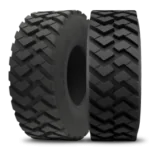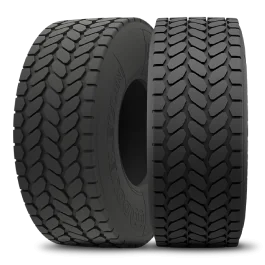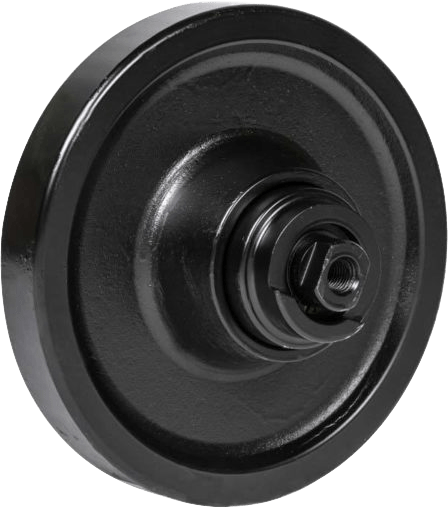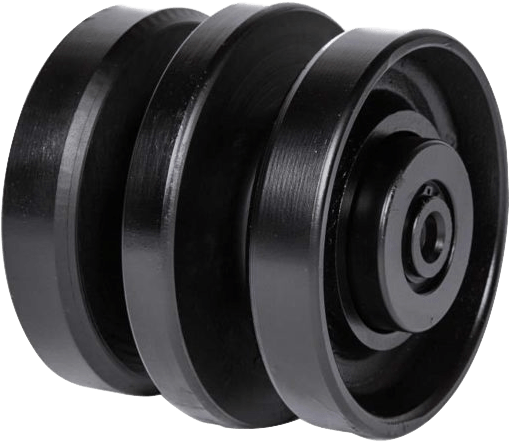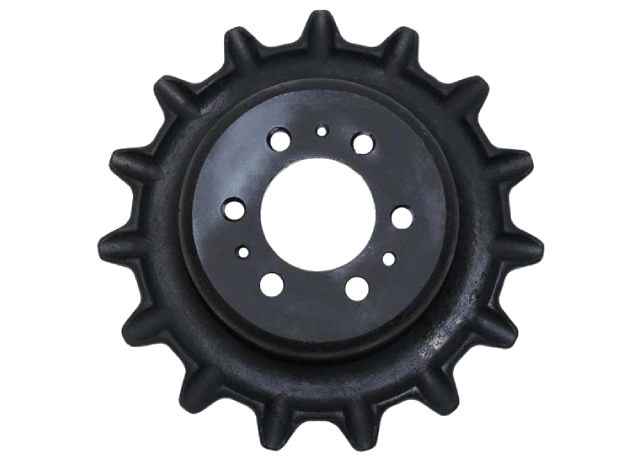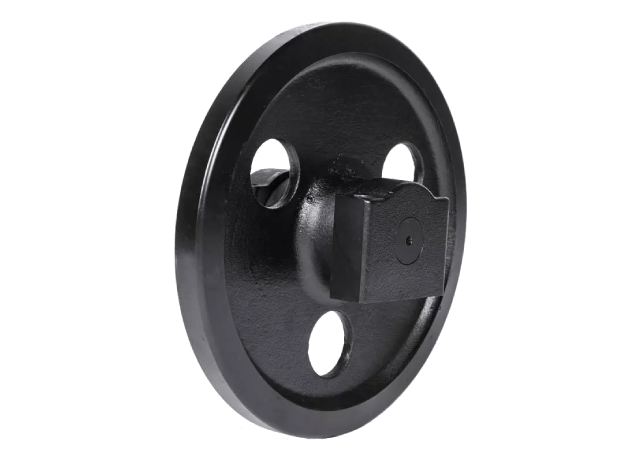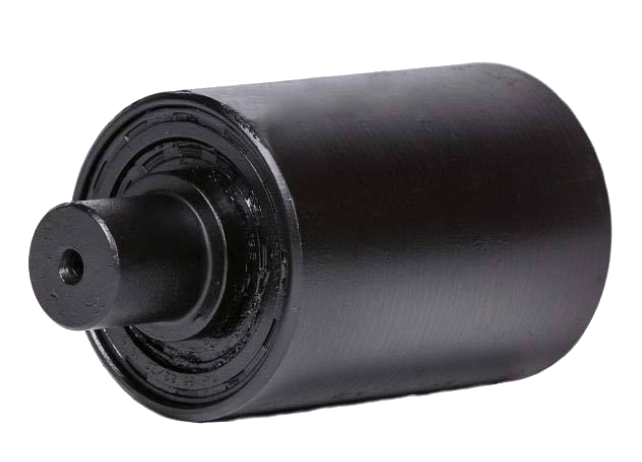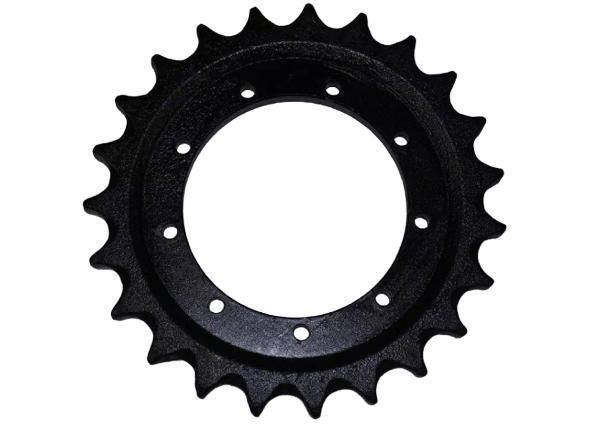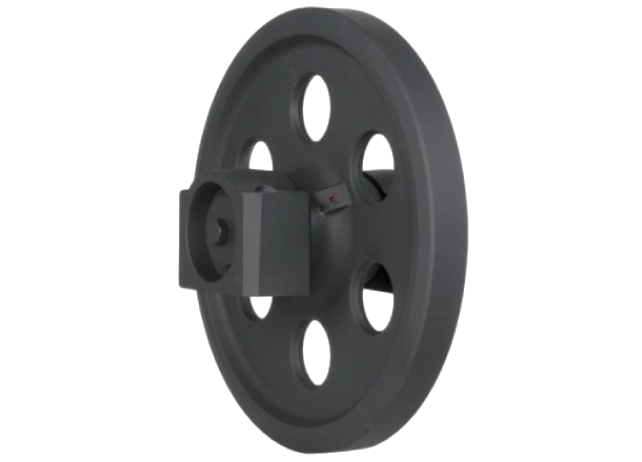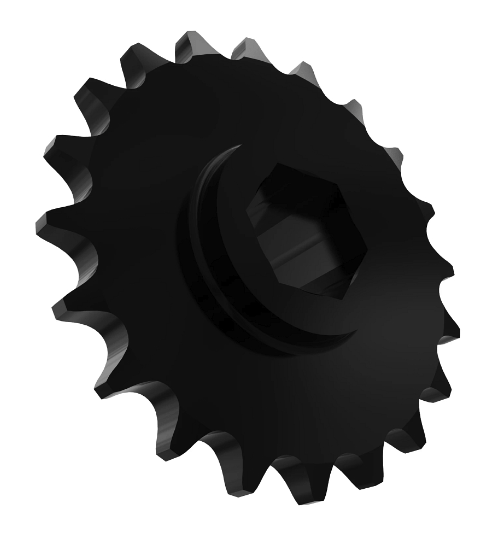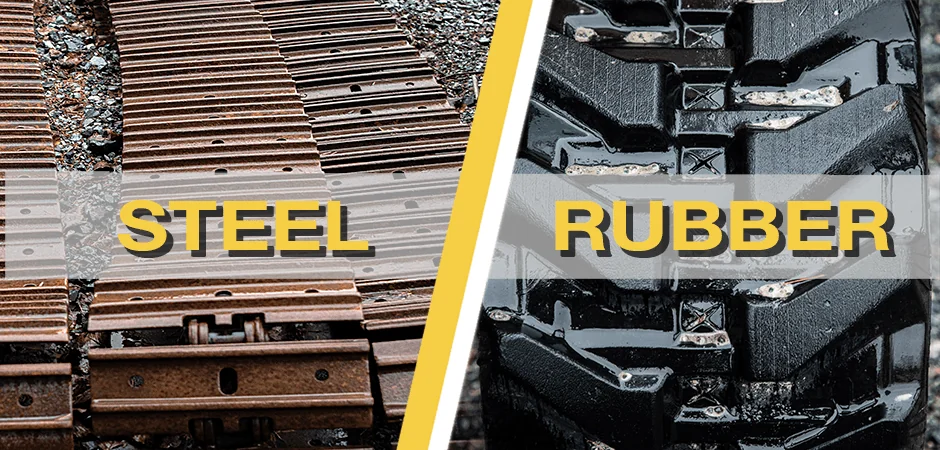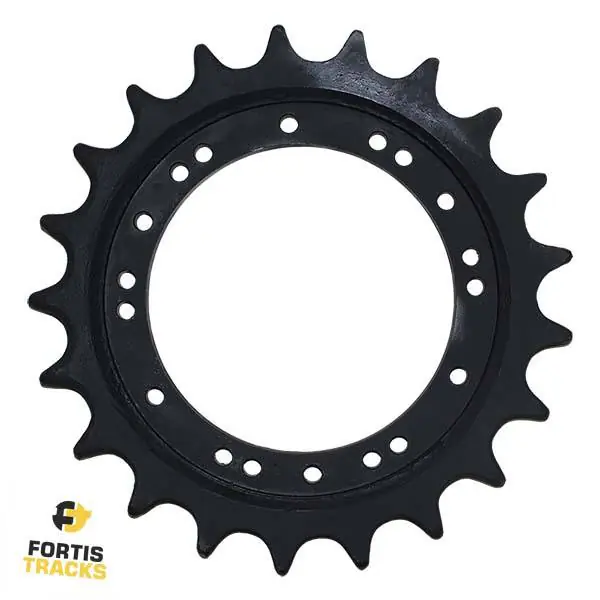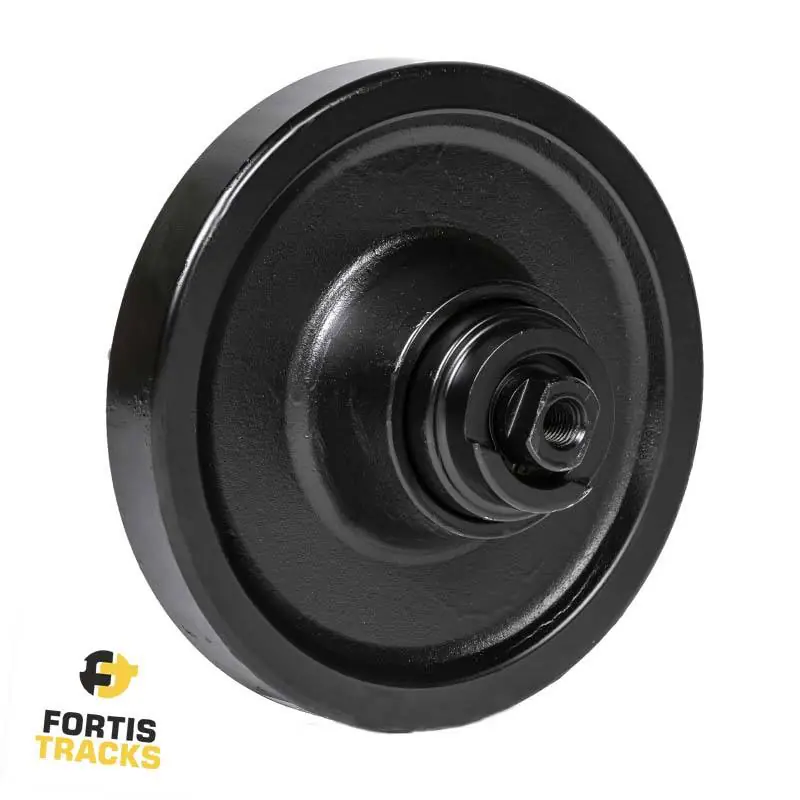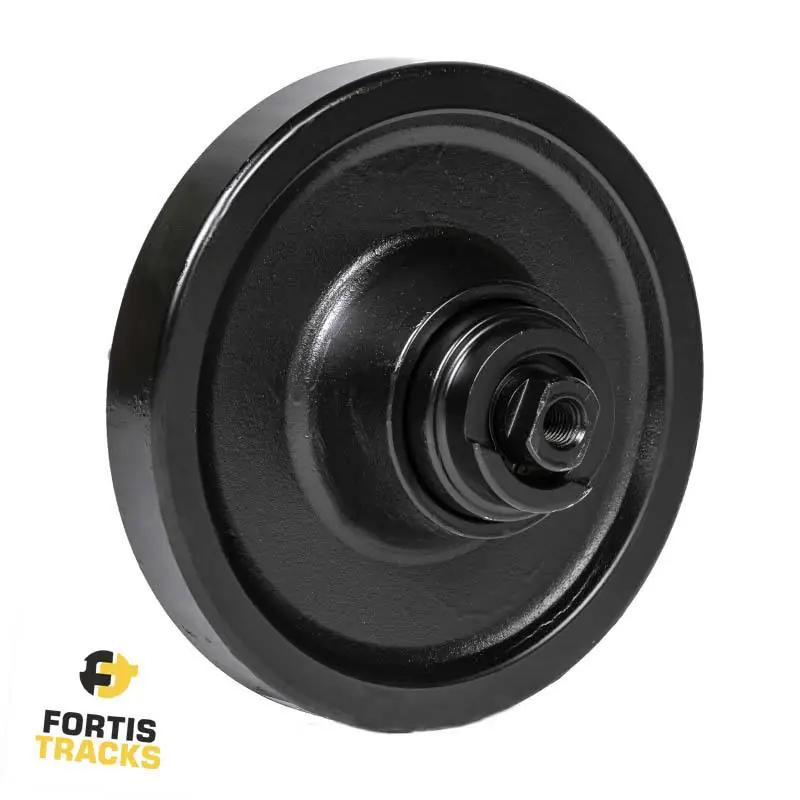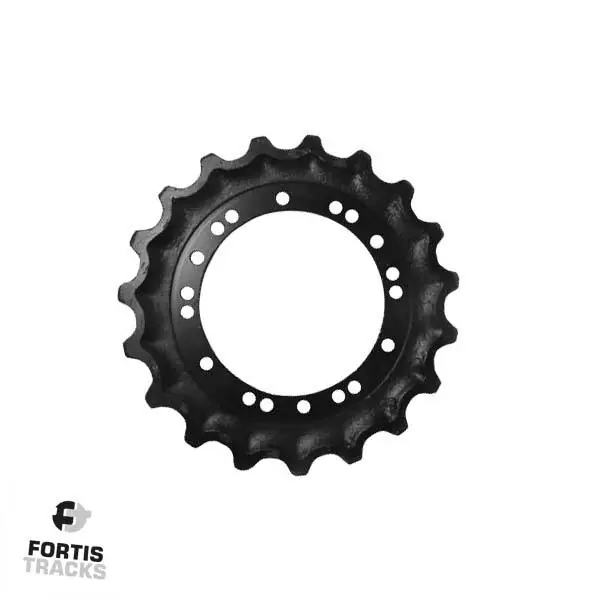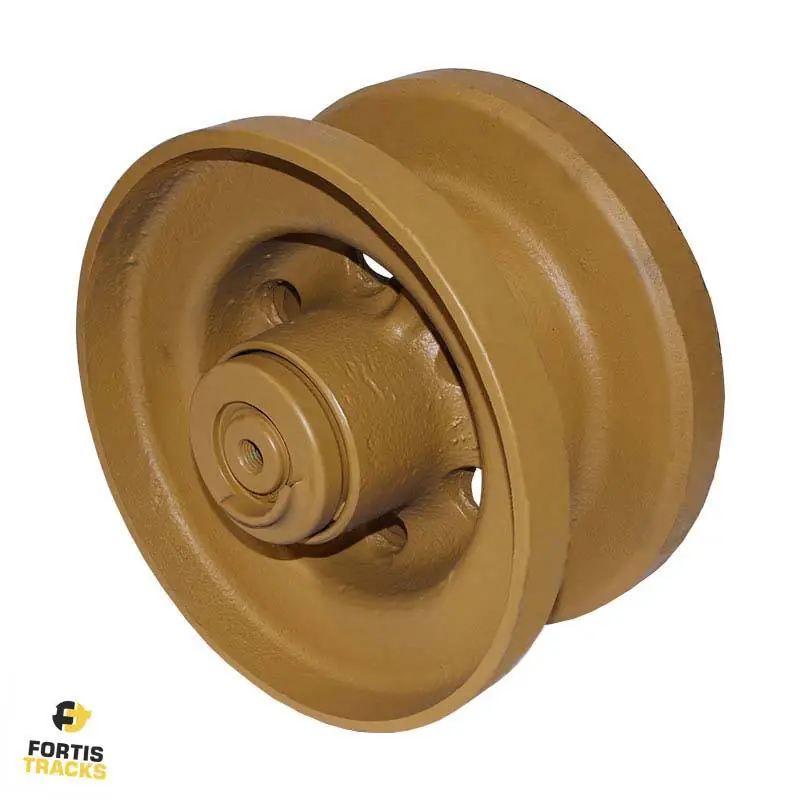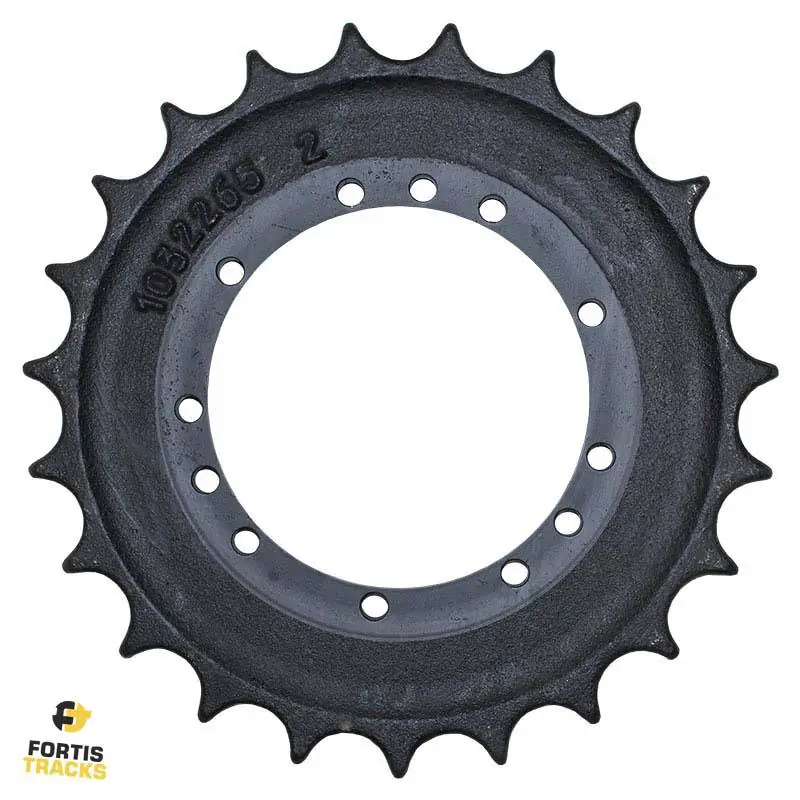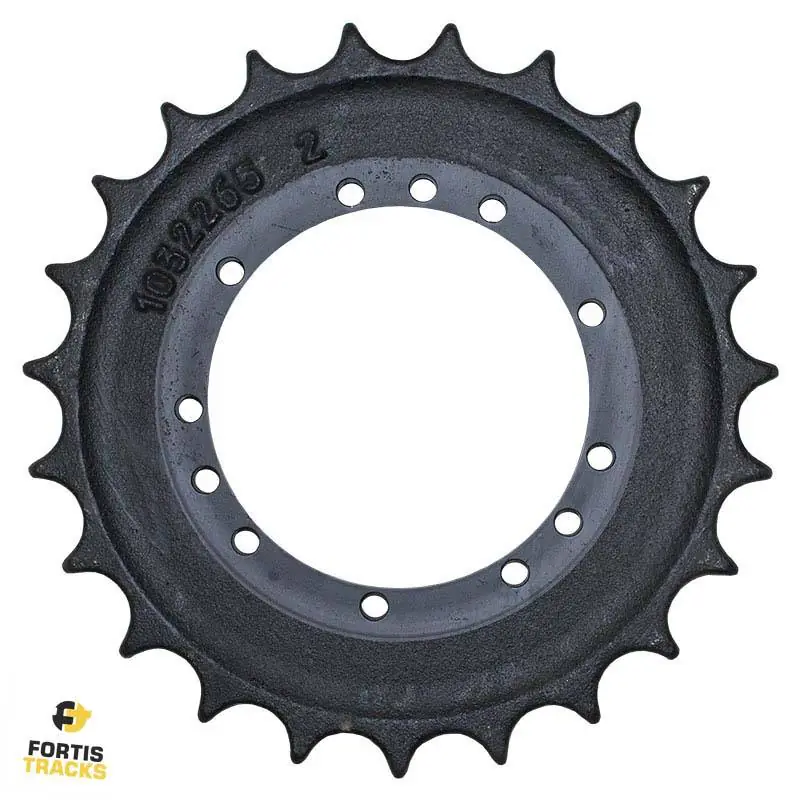Steel and rubber are everywhere, sometimes hidden in plain view, in products you never imagined.
O-rings. Toe inserts in your work boots. Stereo headphones. The seats in your car or on the bus. And the tracks on the excavator your company just bought? Steel, or rubber reinforced with steel threads.
Making the choice to buy steel or rubber tracks for your mini excavator depends on many factors. Money is a big consideration, but other topics carry some weight in the decision-making process. As an experienced owner or operator, you must never become complacent and assume you know everything. There is always a nugget of truth, ready to be uncovered, that you may have glossed over. What follows next is a guide of sorts to provide information – practical and anecdotal – that will help you decide which type of track is the better choice. In the end, it comes down to facts.
Table of Content
Facts About Rubber
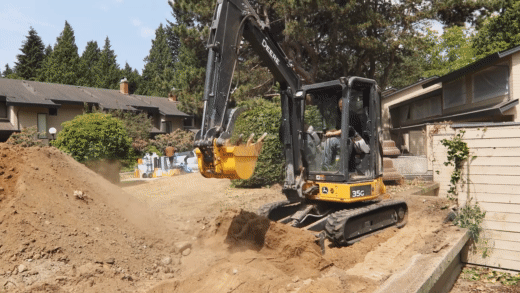
Regardless of the kind of rubber tracks you buy, you can be assured that rubber is an innovative, flexible product whose utility grows with each generation. Thanks to advanced manufacturing techniques, and consumer demand, rubber has more applications than ever dreamed possible since its discovery. Here are some facts to know before buying.
- Most commercial rubber – the kind used in rubber tracks, automotive tires, and the soles of shoes – is now a synthetic or artificially created product which came to life during World War II due to natural rubber shortages during the Japanese occupation of Southeast Asia.
- Rubber is highly elastic, giving the rubber tracks on your excavator ability to return to its original shape after traversing uneven terrain, construction materials, concrete, or other debris.
- A polymer of isoprene is a component of rubber, comprised of repeating molecules in a strand-like fashion with a chemical makeup similar to CH2=C(CH3)CH=CH2.
- The rubber tracks on your machinery are resistant to wear and tear thanks to a process called vulcanization, where sulfur is used to make the bonds between single molecules of polymer stronger.
- As you swap out damaged or worn-down rubber tracks for new ones, keep in mind the value of shopping for recycled environmentally-friendly rubber as each purchase keeps products out of landfills.
- Many other components in your excavator are probably rubber-based, too. This may include the shape-contoured seat in the cab, grab handles, rails, and other items or accessories.
- Rubber is versatile, showing up in construction projects, roadways, elastic bands for clothing, the soles of your workbooks, flooring materials, and many other consumer and commercial applications.
- Rubber is a great insulator, which is why the surface temperature of the seat in your vehicle cab is just right – never too hot, never too cold.
- Synthetic rubber also serves as the basis for some adhesives, sealants, and coatings in many products, including car doors and windows, refrigerator doors, and camera lenses.
- Yes, there is a “rubber tree.” It is called the Hevea brasiliensis or the Para rubber tree and is native to South America.
- When a rubber tree is wounded, a healing process kicks in to make a latex material – thereby leading to the tree creating natural rubber.
- It was first used by ancient South Americans, the Olmec civilization, who boiled the latex and formed it into a ball for a sport like today’s football and basketball.
- The rubber tree spread throughout the world thanks to the efforts of explorer Henry Wickham, who introduced it to Sri Lanka, Indonesia, England, Singapore, and Malaysia
- Most natural rubber is produced in Southeast Asia.
- Did you know that styrene-butadiene rubber, the first synthetic rubber used for tires, was developed in the Soviet Union?
- Other types of synthetic rubber include neoprene, nitrile, silicone, and EPDM rubber.
- More than 250 million tires are thrown out each year, many recycled into rolls or flexible rubber for other applications. Some are even recycled for other uses, including new forms of fuel that are like coal or petroleum-based products.
Types of Rubber Tracks
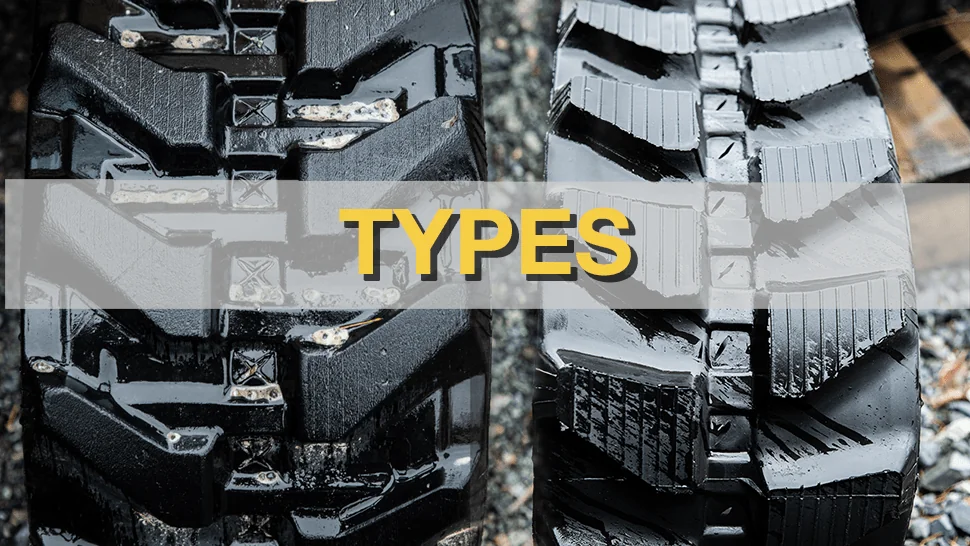
The type of rubber tracks you select is based on equipment, working conditions, and the expense. There are four types of rubber tracks you can install on your John Deere or other piece of machinery:
A Staggered Block Tread is the typical pattern offered industry-wide. Though regarded by some as “general purpose,” it handles well on gravel, paved highway, and other surfaces. This tread style is durable when spending long hours on a hard surface where the operator may turn in different directions on a regular basis. The staggered block tread causes little damage to finished lawns.
A C-Lug Thread is distinguished by its sideways “C” shape due to notches that have been carved out of each block. This tread: Offers flexibility across multiple surface types, is highly durable, offers industry-leading handling, increased traction, and better performance over previous designs.
Straight Bar Tread tracks are known for good traction, and the ability to do the job in less than ideal conditions (think: mud, rain, gravel, snow). If your John Deere or Kubota has these kinds of tracks installed, you are less likely to get stuck in mud or other wet conditions. This design also offers greater maneuverability on finished lawns.
Finally, a Multi-Bar Tread breeds confidence, giving the operator the means to travel back and forth between different surfaces, where a smooth ride and increased traction is required. This rubber track design provides a smooth ride across multiple terrains, including those with freshly fallen or loosely packed snow.
Advantages of Rubber Tracks
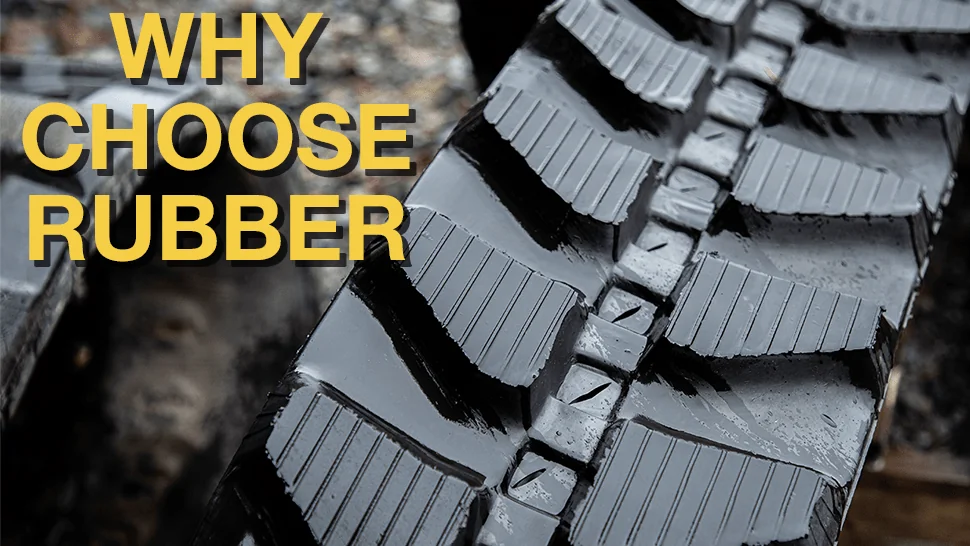
- Steel tracks are brutal on softer ground. On the other hand, rubber tracks almost glide across such ground conditions. They are good on grass, dirt, or another soft surface.
- If the bean counters in purchasing grumble when you request a new excavator with rubber tracks, remind them of the cost. Rubber tracks are much more affordable than steel, even when replaced annually.
- You may wear a noise-cancelling headset while on the job, but riding in a vehicle with rubber tracks is quieter than clunking around on steel. Rubber tracks offer more noise absorption than steel, making them a better choice if you are working in a busy neighborhood or other area where loud noises could be a problem.
- You will never set a land speed record in your John Deere 35D, but excavators equipped with rubber tracks are more speed friendly. Rubber tracks reduce vibration, meaning they can be driven faster than rigs with steel tracks. As always, follow all manufacturer recommended speeds, or those posted on the work site.
- Rubber tracks are more flexible and terrain friendly than steel, increasing the level of driver comfort. You will experience a more pleasant ride, and be less fatigued over a long day of hauling dirt or concrete, or yanking out large tree trunks.
- Rubber tracks have a longer effective life and lower maintenance costs.
- Some rubber tracks offer a ground pressure as low as 0.14-0.30kg/cm2, making them a top choice if your work zone is comprised of wet or mushy ground.
Steel, Steel, and More Steel (Just the Facts)
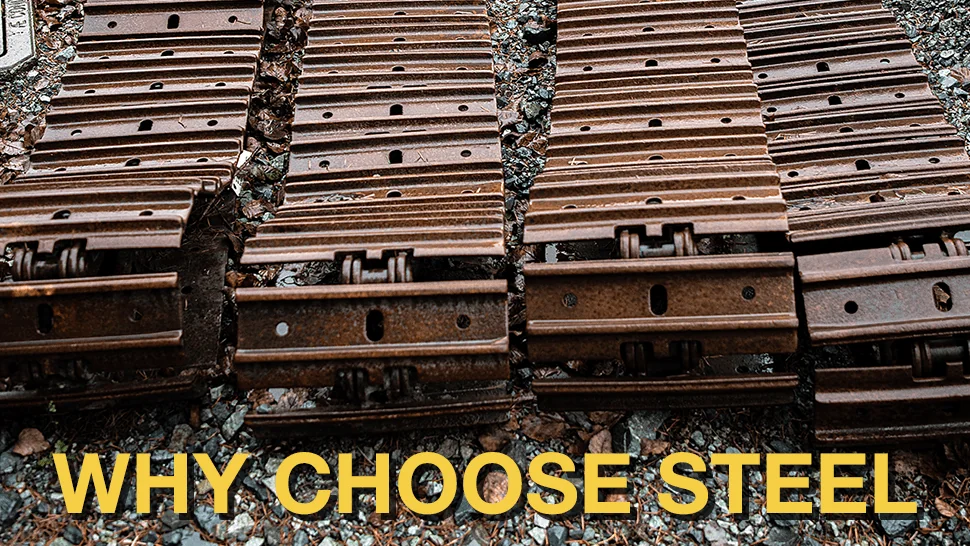
Why is steel a popular choice for many applications, including the tracks on your skid steer? It is very tough, able to keep from corroding, and can withstand extremes in heat and pressure. Here are some other facts to remember when deciding what track fits your needs and budget.
- Thanks to its magnetic properties, steel is the easiest material to separate, resulting in millions of tons of iron ore being diverted from waste into recycling.
- About 69 percent more steel is recycled in America each year than aluminum, paper, plastic, and glass combined.
- How much steel is recycled each year in North America? About 80 million tons.
- So much steel is recycled nationwide that it saves consumers the equivalent of enough energy to power nearly 18 million homes in one year.
- Renewable energy benefits, too, as it is the material of choice in solar, wind, and hydro power applications.
- All items you buy with steel is composed of some recycled steel.
- One characteristic of recycled steel that is important for vehicle tracks is its strength – roughly 1,000 times stronger than iron without losing any strength during recycling.
- The North American steel industry has reduced its energy consumption by around 60 percent, contributing to a large drop in carbon dioxide levels.
- The steel industry is number two in the world, second only to oil and gas.
- Besides energy, steel is used in most other industries, including automotive and transportation, infrastructure, packing, machinery, and housing and construction – the number one consumer of steel.
- Who are the top steel producers? Japan, China, and the United States.
- The global steel industry is growing fast, directly employing more than 2 million people.
- Cementing their popularity in construction, steel roofs have a lifespan greater than 50 years, compared to around 17 for a traditional roof.
- Your new dishwasher may be lighter than the last one you bought, but about 75 percent of all major appliances include steel frames or components.
- And that desktop computer? Somewhere in the neighborhood of 25 percent steel.
- The next time you travel to a major city with a large skyline, know this: Chicago’s Home Insurance Building was the first to use steel in 1884, kicking off a global trend with no end in sight. Other notable skyscrapers that used steel: New York’s Empire State Building in 1930, and the U.S. Steel Tower in Pittsburgh in 1971. Steel is an easy choice in construction thanks to its relative ease of assembly and disassembly compared to other building materials.
- Did you know that steel and iron expand when heated? That explains why Paris’ famed Eiffel Tower, built in 1887, is six inches taller in the summer.
- Steel has long been a mainstay in the automotive industry. How long? Since the earliest days, in 1918. Now, steel seatbelts are required components because of their resistance in high-impact collisions.
- Notice something odd at the grocery store? That is correct: Steel is included about two-thirds of all canned goods you see in stores in North America.
Choosing Steel Tracks
Selecting the proper steel track for your John Deere or Kubota requires the same diligence and thought process that you would follow with rubber tracks. First, a little bit of math is in order as you must:
- Take measurement of the width of the steel shoes.
- Next, the inner guide of the steel chain must be measured.
- Determine the pitch, and find out how many links are present.
- Finally, always refer to any manufacturer supplied measuring guides or other documentation to help with measurements.
What can you do with a John Deere 35D or other excavator equipped with steel tracks? A machine equipped in this fashion is capable of operating in many environments and industries, such as: Forestry, Agriculture, Construction, Waste Management, Demotion, Recycling, and many others. Properly outfitted, an excavator has the capability to perform on rocky ground or challenging terrain, high debris areas, and multiple weather conditions.
Installing steel tracks on your mini excavator may be a better choice for work in areas with abrasive ground conditions, which could include spilled chemicals, broken glass, or chunks of concrete, steel, or other heavy debris. Steel tracks offer improved traction, meaning they may be better on terrain with multiple inclines. Because these types of tracks are heavier, they naturally offer improved flotation, stability, and traction. When compared to rubber, steel tracks are known to deliver better results while also guarding tires from wear and damage caused by large or sharp debris.
Always consult a professional before making a final decision.
Advantages of Steel Tracks
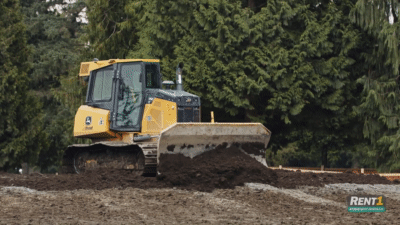
One of the biggest advantages of steel tracks versus rubber tracks is the traction provided, especially dirt, gravel, or other lose ground conditions. Because steel is heavier than rubber, steel tracks offer improved traction, as well as flotation and stability. They also can be used on hard ground like concrete. Some of the other advantages of steel tracks:
- Steel tracks offer better traction on wet or slippery conditions, or on terrain that includes hills or inclines.
- Rubber tracks can get cut or damaged by shard debris like steel or broken concrete; steel tracks, not so much.
- Added counterweight.
- Will protect tires in traditionally high-damage working conditions.
- Steel is very durable, meaning an increased tread life.
- Steel tracks have a self-cleaning design
- Too much or too little tension is an issue with all types of tracks, but steel tracks offer adjustable lengths to set the track tension based on work site conditions.
- Steel tracks function as well in cold weather as they do in warmer conditions.
- Steel tracks can be easily removed, often by one person with a co-worker as a watcher or helper.
- Steel tracks are better suited to work sites where the operator is regularly moving large quantities of ground.
- If you are working on broken concrete or asphalt, steel tracks are the better option.
Finally, if you are worried about cost, keep in mind the shelf life. It is estimated that steel tracks will last about two and half times longer than rubber tracks, meaning lower replacement costs.
Make the Right Choice
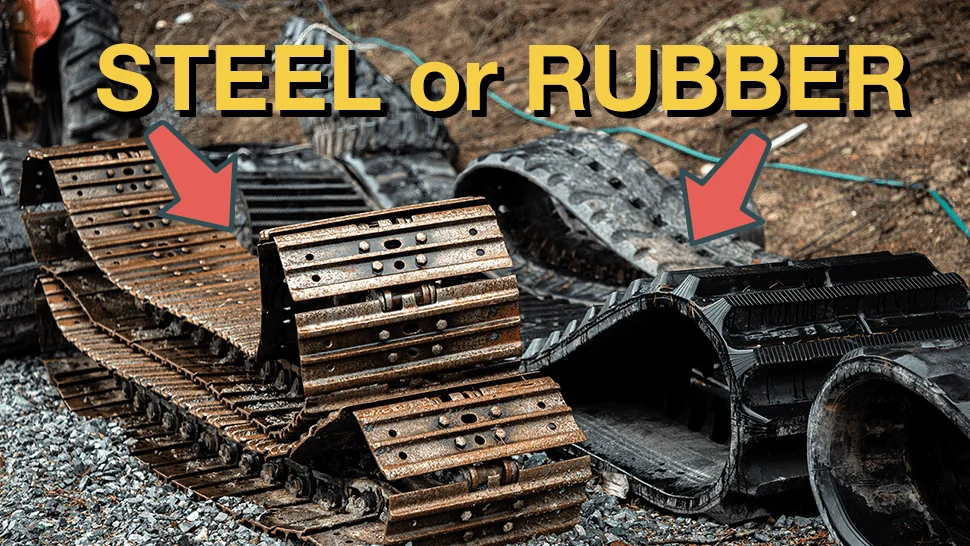
Making a purchase decision about rubber tracks versus steel cannot be made with a coin toss. Knowing the facts gives you the confidence to make the right choice. Rubber tracks and steel tracks have their pros and cons, so perhaps it is best to consider the following before writing that check or swiping the company credit card.
- Think of the sale cost. Steel tracks general last two and a half times as long as rubber tracks, but rubber tracks have other benefits, too, such as vibration absorption for a more comfortable ride.
- Make a decision based on your familiarity with and trust in the manufacturer. Money is not the sole consideration, but our recommendation is to go with a known commodity, such as John Deere, Kubota, Bobcat, Caterpillar, and others with a solid reputation for quality and service.
Tracks are used in a variety of scenarios. Depending on different factors or elements (scenarios) you will choose your tracks accordingly. Either type of track you choose will withstand a great amount of pressure and will last a very long time.
Finally, your decision should be made on how the equipment will be used, and the type of ground and weather conditions.
Final thoughts
There are no easy decisions when it comes to pulling the trigger on what could be a major purchase for you company, especially if you are small or just starting out. As you have hopefully seen, steel tracks and rubber tracks have their pros and cons, with supporters and detractors on both sides. There is no such thing as too much information, especially when it will allow you to make an informed decision best for your needs. One final recommendation is to confer with other professionals or co-workers, as a trusted voice is better than no voice at all. Do research or contact us for more information – we would be glad to help.

